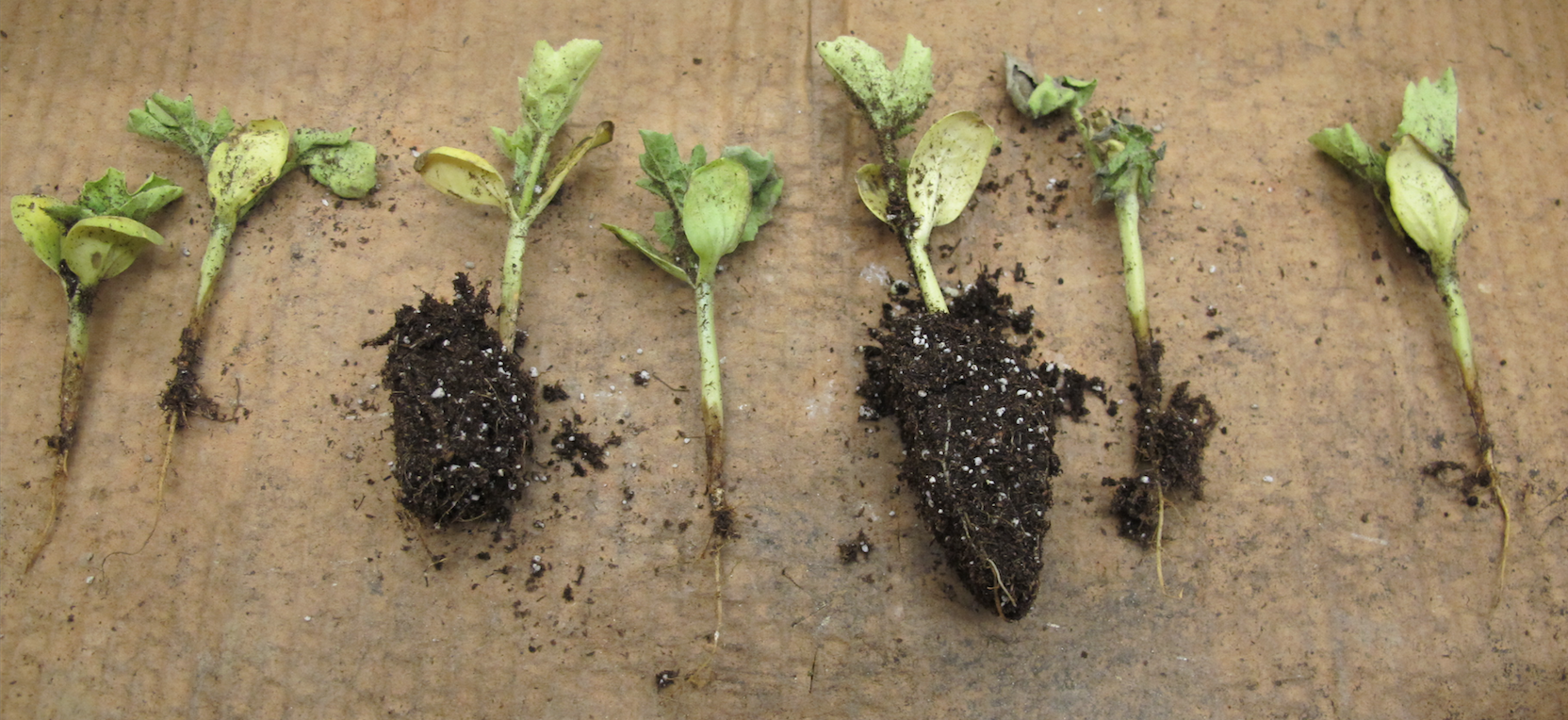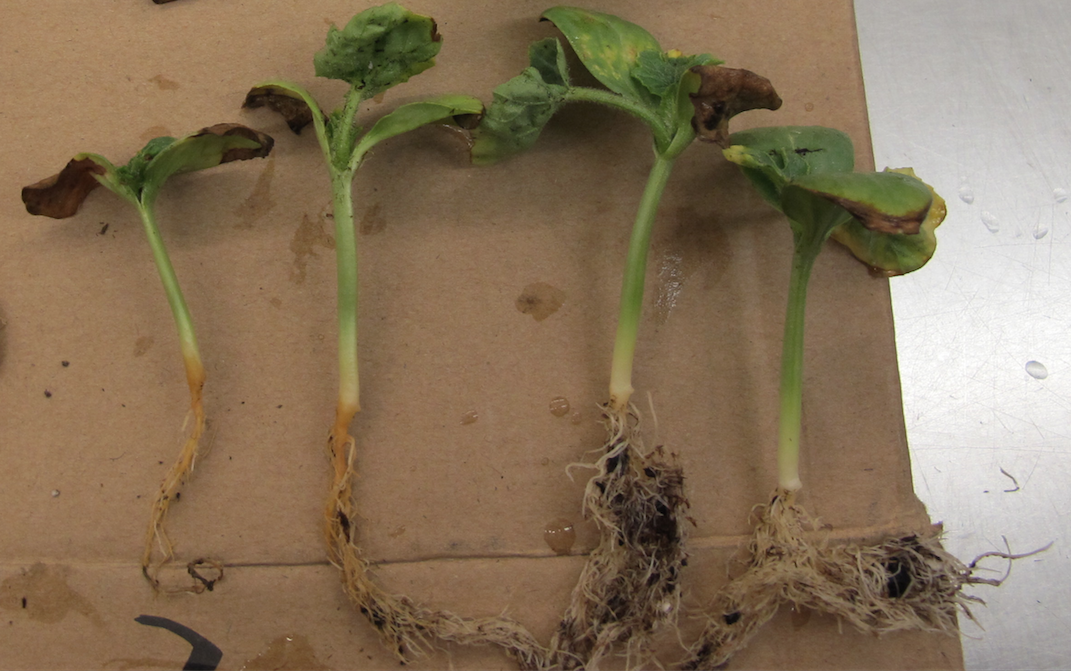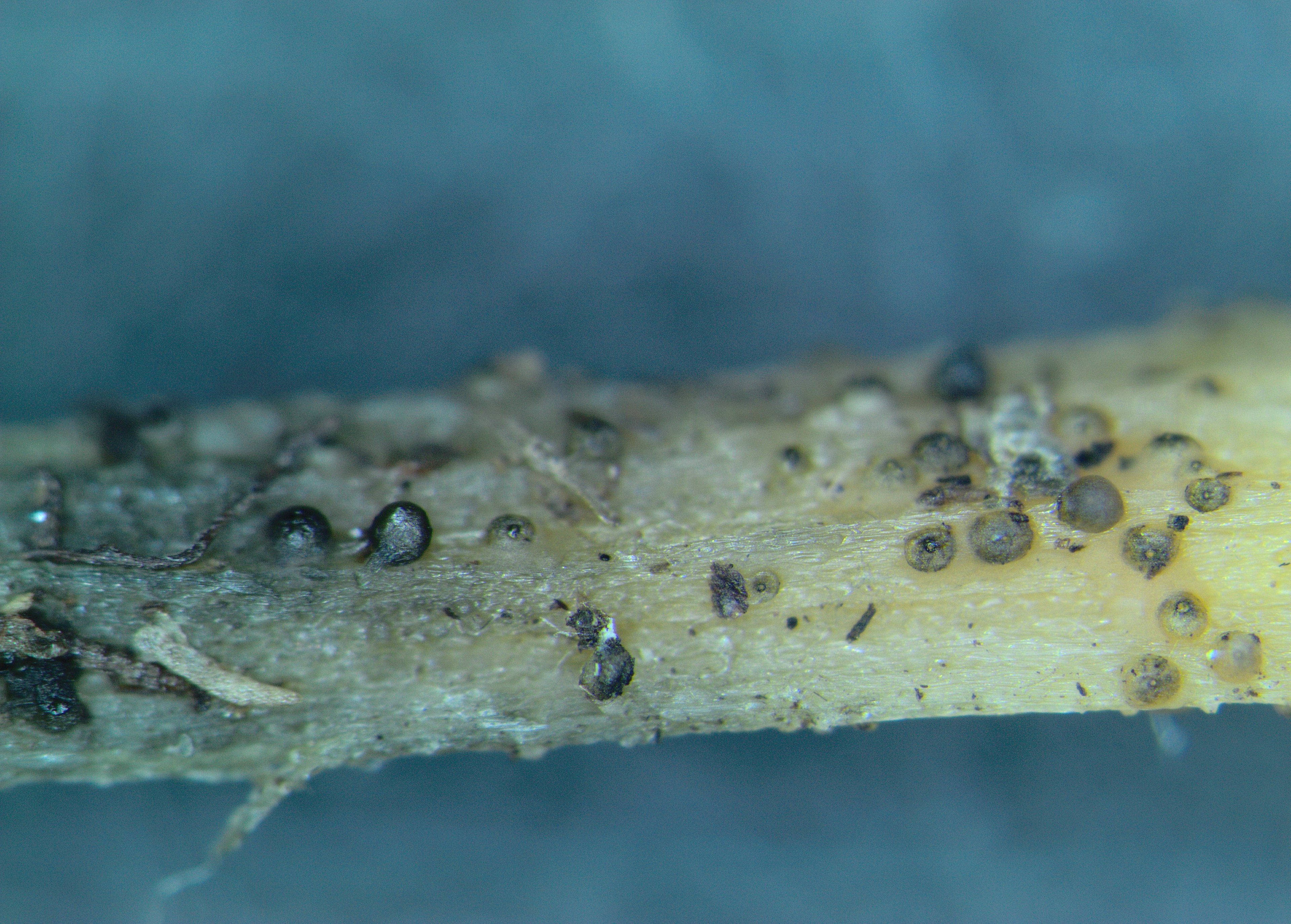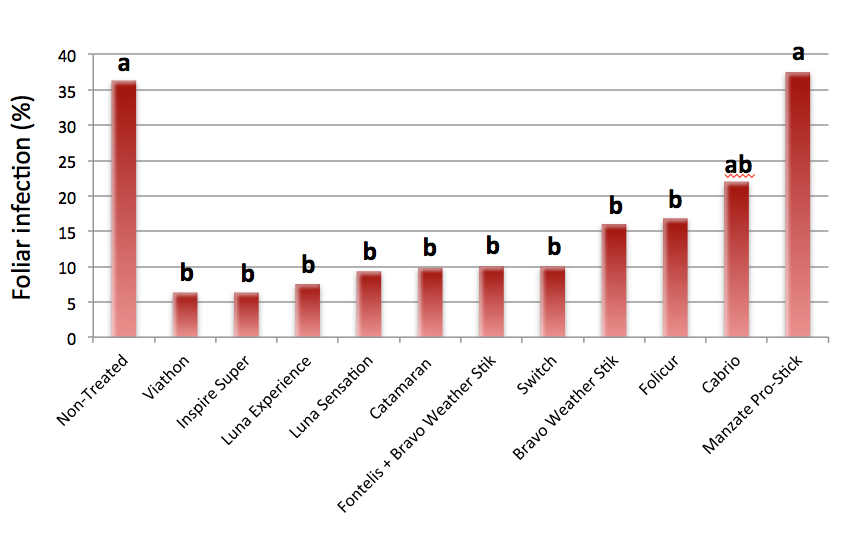Keep Gummy Stem Blight Out of Your Watermelons
go.ncsu.edu/readext?300017
en Español / em Português
El inglés es el idioma de control de esta página. En la medida en que haya algún conflicto entre la traducción al inglés y la traducción, el inglés prevalece.
Al hacer clic en el enlace de traducción se activa un servicio de traducción gratuito para convertir la página al español. Al igual que con cualquier traducción por Internet, la conversión no es sensible al contexto y puede que no traduzca el texto en su significado original. NC State Extension no garantiza la exactitud del texto traducido. Por favor, tenga en cuenta que algunas aplicaciones y/o servicios pueden no funcionar como se espera cuando se traducen.
Português
Inglês é o idioma de controle desta página. Na medida que haja algum conflito entre o texto original em Inglês e a tradução, o Inglês prevalece.
Ao clicar no link de tradução, um serviço gratuito de tradução será ativado para converter a página para o Português. Como em qualquer tradução pela internet, a conversão não é sensivel ao contexto e pode não ocorrer a tradução para o significado orginal. O serviço de Extensão da Carolina do Norte (NC State Extension) não garante a exatidão do texto traduzido. Por favor, observe que algumas funções ou serviços podem não funcionar como esperado após a tradução.
English
English is the controlling language of this page. To the extent there is any conflict between the English text and the translation, English controls.
Clicking on the translation link activates a free translation service to convert the page to Spanish. As with any Internet translation, the conversion is not context-sensitive and may not translate the text to its original meaning. NC State Extension does not guarantee the accuracy of the translated text. Please note that some applications and/or services may not function as expected when translated.
Collapse ▲In the past couple of weeks we have seen a few watermelon seedlings affected with gummy stem blight. Growers are advised to scout their watermelons seedlings to make sure they are not presenting gummy stem blight symptoms and to avoid introducing the pathogen into fields by planting infected transplants.
Gummy stem blight is caused by the fungal pathogen Didymella bryoniae and affects the leaves, stems and fruits of all cucurbits. Watermelons are particularly susceptible to this disease. Seedlings infected with D. bryoniae will present water soaked lesions on the stems (Fig. 1) and necrotic, brown spots on the edges of leaves (Fig. 2). When infected tissue is inspected closely under a microscope, reproductive structures of the pathogen called pycnidia, will become apparent (Fig. 3). For a detailed description of the disease, its diagnosis, and control options, see our Gummy Stem Blight of Cucurbits fact sheet.

Fig. 1: water soaked lesions on crowns of watermelon seedlings infected with gummy stem blight (Photo: Shawn Butler, NCSU Plant Disease and Insect Clinic)

Fig. 2: leaves with necrotic, brown lesions on edges due to gummy stem blight infection (Photo: Shawn Butler, NCSU Plant Disease and Insect Clinic)

Fig. 3: close-up of a watermelon seedling stem infected with gummy stem blight seen under a microscope. Note the pycnidia (round, brown reproductive structures) on the surface. Pycnidia can be seen with a 10x handheld lens as small brown to black dots (Photo: Shawn Butler, NCSU Plant Disease and Insect Clinic)
The gummy stem blight pathogen can be seedborne, therefore, treating seeds prior to planting is recommended. The disease is favored by warm (61°F–75°F), wet conditions (4–10 hours of leaf wetness), and the pathogen is dispersed by water splashing (rain, overhead irrigation), thus, using drip irrigation will help contain infections. Once greenhouse transplants in a tray become infected, it is advised to destroy the affected tray and any adjacent trays, since the pathogen will have likely spread to neighboring trays due to irrigation splashing, even if transplants look healthy. Spores of the pathogen can survive on crop residue, so sanitation is key to prevent this disease in the greenhouse and a 2-year crop rotation may be needed for fields that have experienced severe infections.
The disease has been difficult to control in recent years due to the development of fungicide-resistant populations. Nonetheless, a fungicide trial conducted in North Carolina last year revealed some products that are effective in controlling gummy stem blight on conventional operations. While there are some products labeled for organic operations, no efficacy data has been published. For a complete report of results from our gummy stem blight trial please refer to our demonstration trials.
Products and rates assayed in this trial included:
| Product | Active Ingredient | Fungicide Group |
| Viathon 5.1SC 4 pt | Potassium phosphite + Tebuconazole | 3 |
| Inspire Super 2.09SC 18 fl oz | Difenoconazole + Cyprodinil | 3 + 9 |
| Luna Experience 400SC 10 fl oz | Fluopyram + Tebuconazole | 7 + 3 |
| Luna Sensation 500SC 7 oz | Fluopyram + Trifloxystrobin | 7 + 11 |
| Catamaran 5.3SC 5 pt | Potassium phosphite + Chlorothalonil | M |
| Fontelis 1.67SC 16 fl oz | Penthiopyrad | 7 |
| Switch 62.5WG 13 oz | Cyprodinil + Fludioxonil | 9 + 12 |
| Bravo Weather Stick 6SC 2 pt | Chlorothalonil | M |
| Folicur 3.6F 6 fl oz | Tebuconazole | 3 |
| Cabrio 20WG 10 oz | Pyrasclostrobin | 11 |
| Manzate Pro-Stick 75DG 2 lb | Manganese, Zinc | M |
Products were applied every 7 days. All treatments with the exception of Manzate Pro-Stick and Cabrio suppressed gummy stem blight when compared to the non-treated control (Fig. 4). Treatments labelled with the same letter are not statistically different, so all treatments not labelled with the letter a, which corresponds to the non-treated control, presented significantly less gummy stem blight.
When planing your spray program, make sure you alternate fungicide groups of products to avoid generating fungicide-resistant strains. You can find some example products on our Gummy Stem Blight of Cucurbits fact sheet. Growers are encouraged to read the 2014 Watermelon Spray Guide developed by Dr. Anthony Keinath from Clemson University, and the Southeastern US Vegetable Crop Handbook for the latest fungicide recommendations.
If you think you have gummy stem blight in your cucurbits please contact your local Extension Agent and send photos and/or physical samples to the Plant Disease and Insect Clinic for confirmation.



